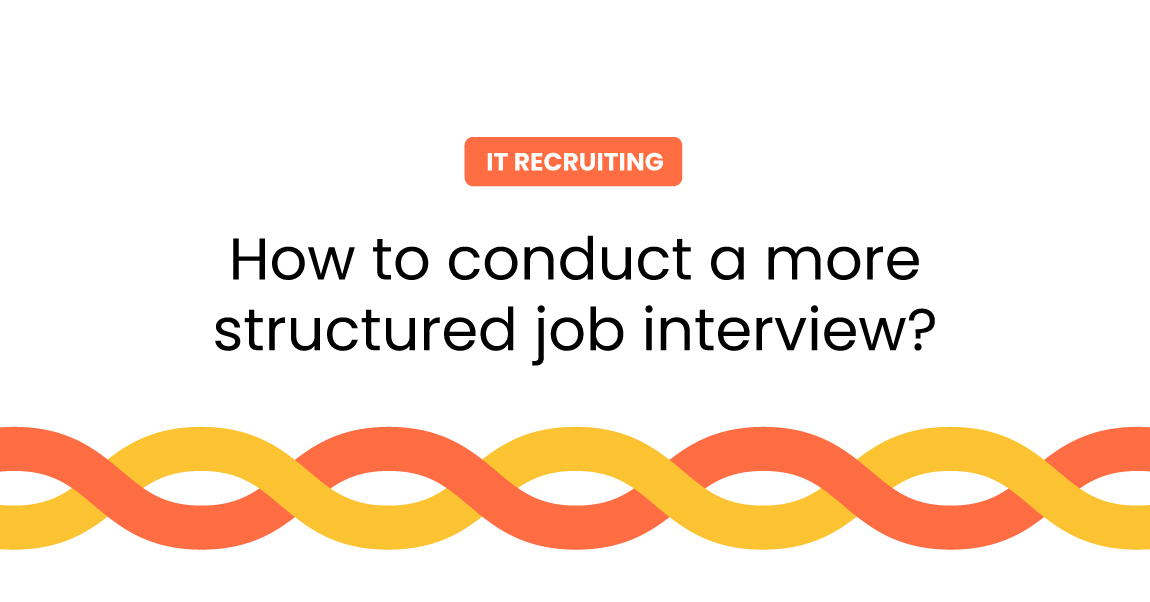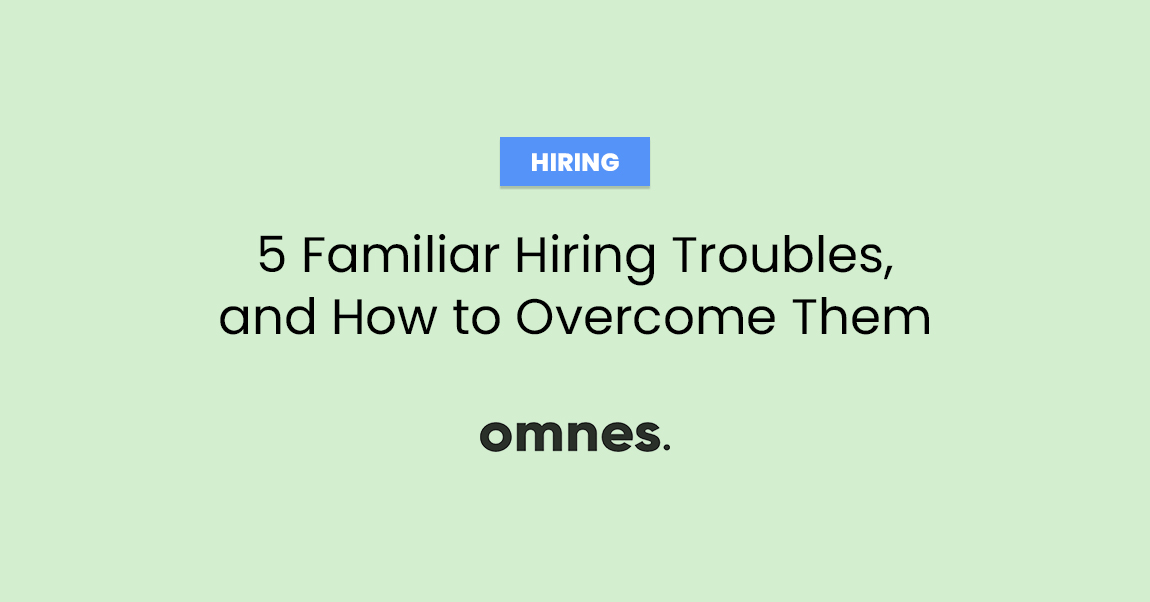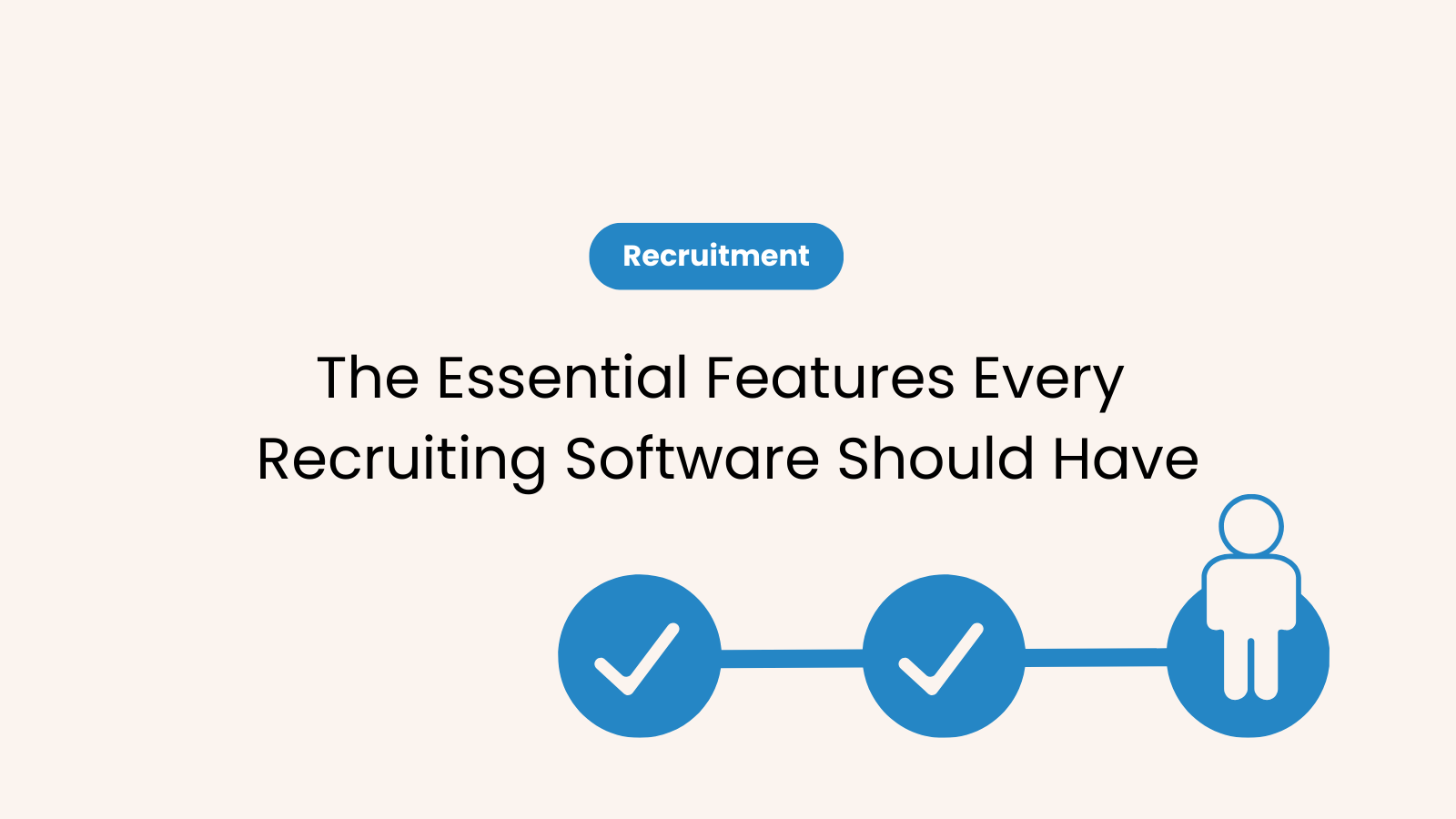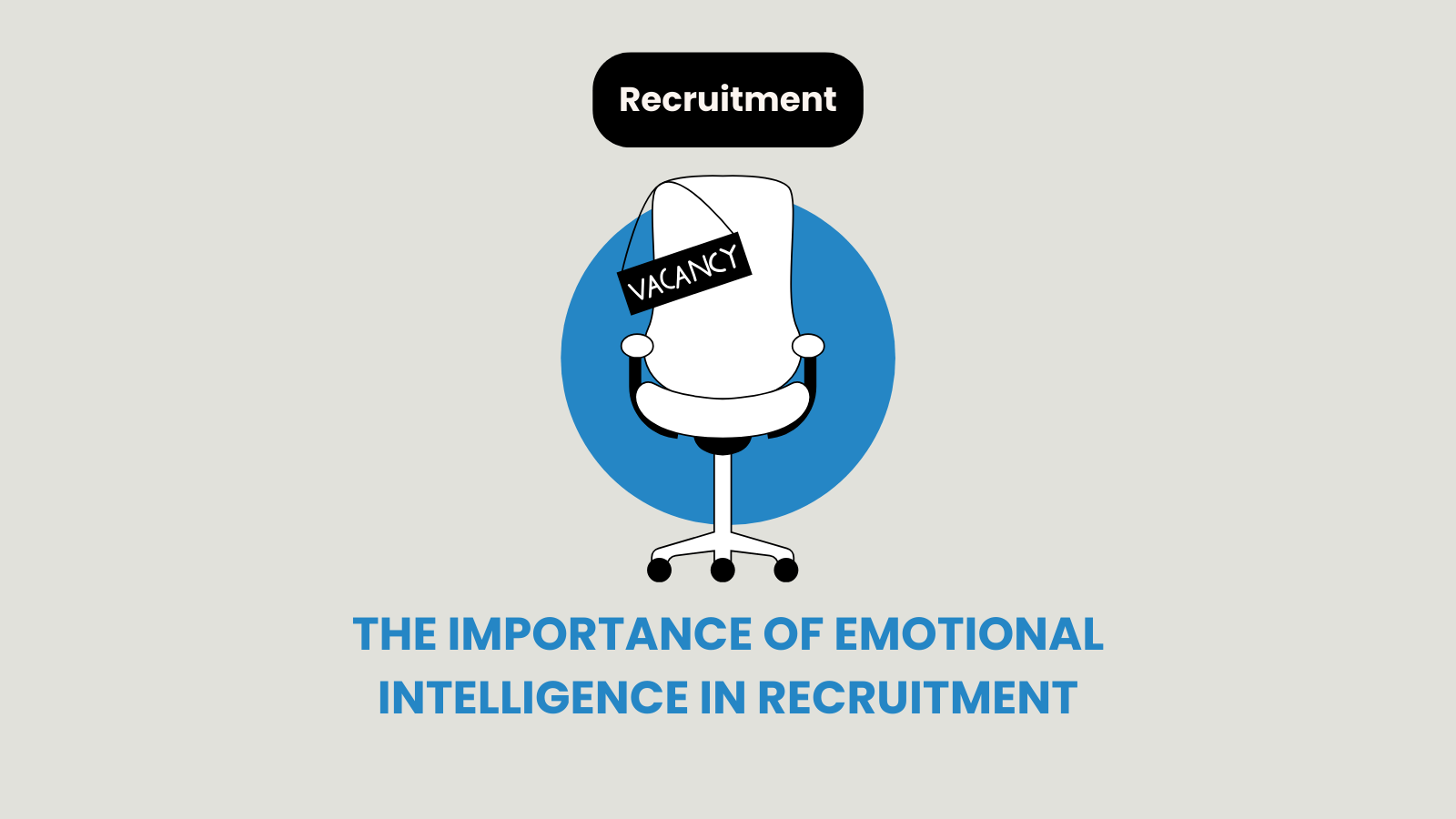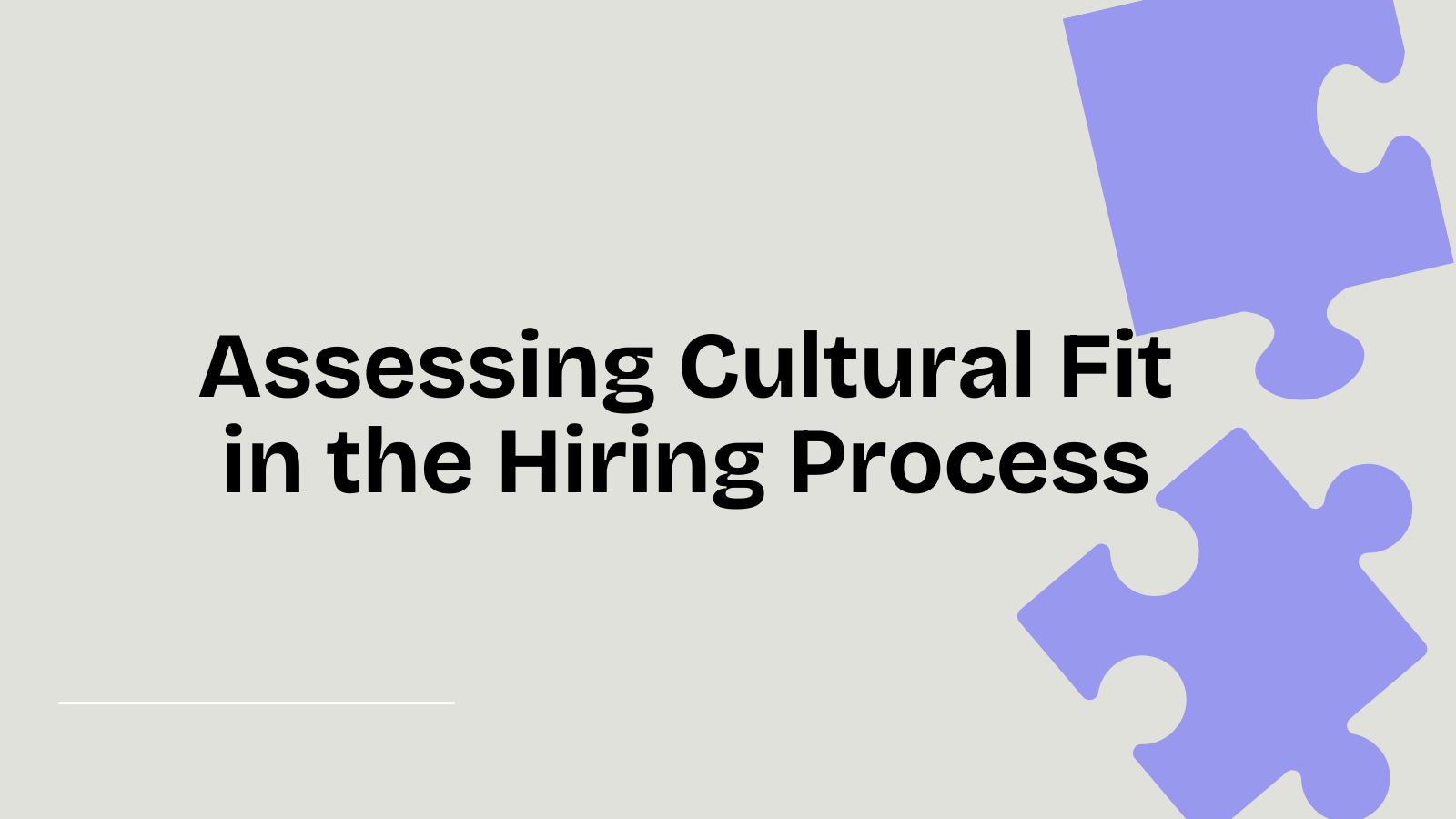Do you think about shifting your hiring process to a new level? There are quite a few tricks to boost your chances of recruiting and retaining a skilled and experienced employee. Learning to conduct a structured interview is one of the ways to secure success. As a matter of fact, studies show that these interviews are twice as effective as unstructured ones.
So, how can you set it up? What do you need to know about this systematic approach to hiring? Take a peek at this simple guide, and make sure to follow the five key steps.
Brief intro: What is a structured interview?
Structured job interviews are an efficient way to hire. The most simple definition labels them as an organized method of interviewing candidates, where you’d use prearranged sets of questions. That way, each participant gets equal treatment and identical odds of getting hired. They’re also called standardized, planned, or patterned job interviews.
So, a predetermined scoring system can help you remove hidden bias from the hiring process and interpret candidates’ performance based on their actual achievements. In other words, you’ll shut the gut feeling down and remain focused on the candidates’ skills and knowledge.
Structured interview and unstructured interview – key differences
Would you rather be ready or spontaneous? When it comes to structured vs. unstructured job interviews, this is the key difference. One method is fixed, systematic, and cut-and-dried. The second one is exactly the opposite. Unstructured job interviews are known as informal, free-flowing, and casual. This also has its substantial perks, like getting to know a candidate better than when sticking with a predefined scenario. Also, it usually feels more comfortable and could help companies obtain better candidate experience. But do keep in mind that all that flexibility doesn’t sit right with every potential hire out there.
So, here, an interviewer asks questions that weren’t prepared in advance. That means that all participants get to be as talkative as it feels natural to them, and the whole process is played out as a free-flowing convo. Different talents will be asked different questions, and the way their responses are evaluated can also vary, which is a downside to this approach.
Structured interview advantages
If you aimed to compare several candidates and dodge miss-hires and missed opportunities, this is the way to go. Using structured interview questions brings a lot of perks. But here are the most noteworthy ones:
✔️ It is more effective and helpful in predicting a new hire’s performance at the job.
✔️ It helps interviewers and hiring managers to drive their conclusions and make their moves more objectively and fairly.
✔️ It allows companies to reduce the risk of discrimination and hire more diverse talents.
Finally, this approach is designed to save time and simplify recruiting and hiring processes. According to a study conducted by Google, this method can save an interviewer nearly 40 minutes per meeting. And this kind of efficiency will surely lead to more smooth and overly improved recruitment processes (and outcomes).
On the flip side, there’s a massive disadvantage to watch out for. A structured approach to hiring can lack personalization. They rarely allow companies to reach for a made-to-measure concept, which can have a negative impact on employer branding.
How to conduct a structured interview successfully [5 easy steps]
Developing and conducting a successful structured interview will take some extra time. Still, if you stick with the five basic steps, you won’t have to worry about a thing. This approach will work like magic! So, here are the key ingredients you need:
1️⃣ A clear overview of the hiring need, key competencies, and job requirements,
2️⃣ Understanding of the different types of structured interview questions,
3️⃣ A precise rating scale that will help you evaluate each candidate properly,
4️⃣ The ability to perform these interviews in an effective yet pleasant and enjoyable way,
5️⃣ The time and tools to process your results and assess each candidate’s answers the right way.
These are the steps you should take to interact with potential hires in an objective and transparent way. Now, let’s break each one into more manageable bits and tips.
Who exactly are you looking for? [key competencies]
Before you create an agenda and start setting up the interviewing process, you must know exactly what you’re looking for in prospects. What are the key competencies your ideal employee has to have? Here’s a hint: take a closer look at your job description. A well-crafted JD is not only a superb way to attract a target audience. It also serves as a roadmap for each recruiter, interviewer, and hiring manager. Focus on the main responsibilities and must-haves skills your team has listed. And remember to tackle the candidate’s soft skills and behaviors. Finally, make sure to find out about their goals and motivations. These insights will help you understand whether the person you’re interviewing is truly the best match for your team.
Pick a set of interview questions
Some interviewers ask a lot of open-ended questions. If you’re one of them, it’s crucial that you learn about the two most significant types. These sorts of questions can be behavioral or situational.
The first group aims to get some answers regarding the candidate’s previous experience and behavior that’s relevant to the job they’ve applied for. That is, interviewers like to canvas the area because some future actions, efforts, and results can be predicted based on similar situations that have happened before.
Situational questions, on the other hand, are aimed at what would happen in a specific case. Or, in plain English, predictive with just a hint of a clairvoyant. Jokes aside, the goal is to make potential hires imagine a situation and describe how they would react.
Have a standardized ranking system
To be fair (and secure the ideal outcomes), you have to come up with a standardized ranking system. So, now is the time to create a precise rating scale for your potential hires. A five-point scale is the most frequent way to do your evaluations. It’s quite straightforward. In this scenario, candidates’ answers that scored 1 are labeled as poor or inadequate. The highest score of 5 stands exactly on the other side of the fence and means that the question was answered perfectly.
It all looks pretty simple. However, this kind of ranking is not of much use if you fail to describe your criteria. You’ll need a few illustrative explanations for every rate.
Nail the interview
You probably know the importance of properly conducted HR and tech interviews. Yes, the substance is what always counts. But so does the style. In other words, it’s imperative that you set the tone and create a breezy and pleasant atmosphere. That’s the first task you must complete when setting up a structured interview that works perfectly.
Next, you have to give your candidates a quick overview of the whole process. It will help them understand the candidate’s journey and go through it more easily. This section’s key element is the intro, so be sure to inform them about the company and cover each factor that matters at this point.
And after you’ve done these things, all that’s left is to stick to your list of questions and take notes. It’s essential to grant every candidate the same amount of time to answer. And the responses you got and written down will offer a clear idea of their knowledge and capabilities so that all further assessments will be objective and smooth.
Process the info
So, you have reached the stage where you’re about to make the results official. Will the candidate get the job offer (or get closer to it)? To complete the process, you must evaluate and rate all of your candidates’ answers. Use your notes as a reminder, and align the answers with the rating scale you’ve picked for the selection process. Once you do so, you’ll be holding a list of the best candidates who have nailed their interviews.
Follow these tips & learn how to smash a structured job interview
This simple guide will help you set up an interviewing process with a perfectly established flow. So, if you’d like to conduct (or refine) a planned or patterned job interview, make sure not to skip a step. First, you should start by looking into your hiring needs and preferences – and keep going! Then, come up with questions and ranking scales and stick to them. Finally, follow our tips to turn your interviewing process into a triumph.
Need some extra guidance? Talk to us. A well-managed recruitment process where everyone succeeds is always our priority.
